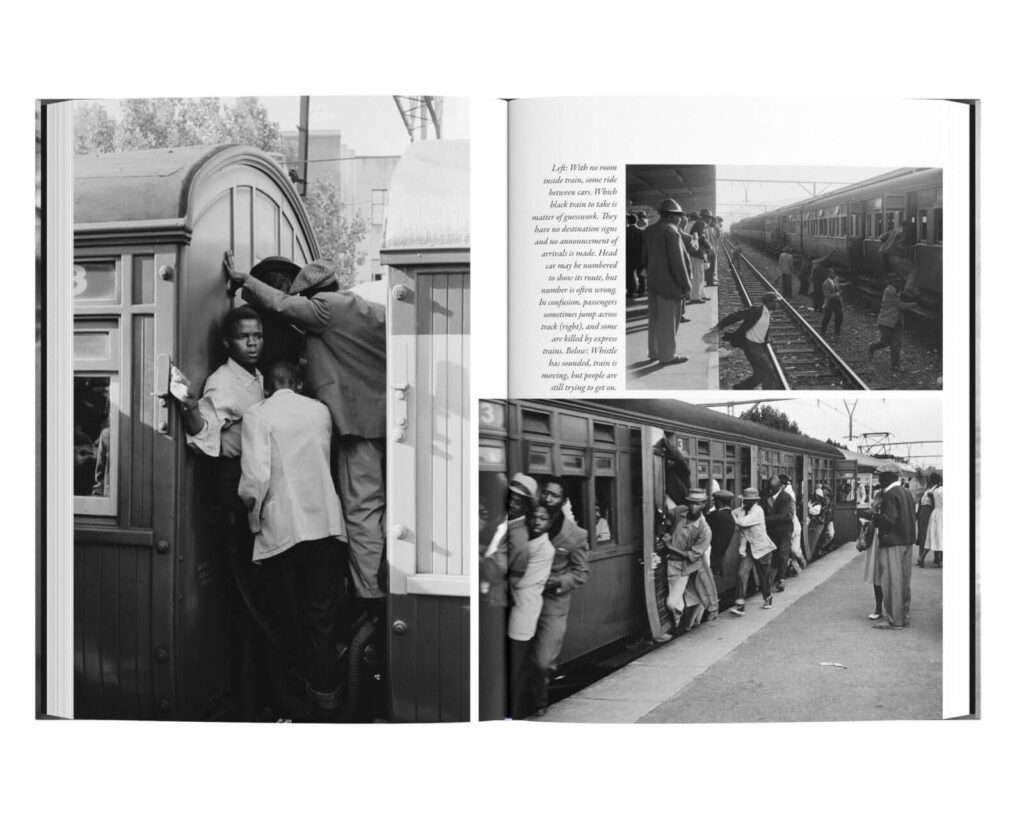“House of Bondage,” Ernest Cole’s unflinching and comprehensive indictment of apartheid, is now available with a new edition in the market.

Ernest Cole was born on 21 March 1940 as Ernest Levi Tsoloane Kole, in Eersterust, Pretoria. When he was younger, he left school when Bantu Education was introduced, and unsuccessfully attempted to complete his Matric (Grade 12) via correspondence through Wolsey Hall, Oxford, because of financial constraints. Cole therefore went to search for a job, but was hindered by his lack of matriculation and by the laws governing South Africa. In terms of these laws, it defined Cole as an “unskilled labourer” who could only work as a messenger, tea-maker or floor sweeper. His break came when he was employed as an assistant to a Chinese studio photographer. This is where he got a basic knowledge of photography and an old Yashika twin-lens reflex camera.
He was 20 when Apathaid began. On that day at least 69 people were shot dead, hundreds were injured, and a state of emergency was declared. The Sharpeville Massacre is regarded as a turning point in the struggle for liberation in South Africa. It marked the beginning of a decades-long period in which images of human rights abuses in South Africa would rarely be out of the international news.

Image courtesy of Mural Art
Cole’s images were prominent in this coverage. He produced hundreds of photographs that portrayed the structural violence of apartheid in fine detail. He aimed to publish these images in a photobook that he intended to circulate internationally.
He called this photobook, “House of Bondage,” which was first released in the US in 1967 and the UK in 1968, featuring photographs from South Africa that represented his personal definition of home. Cole’s book displayed in 185 images how the system tightly governed and controlled the life of the black majority from the perspective of the subjugated. passionate heart.
The photobook was first banned in South Africa, but through resistance publications, some of the photographs were brought back into the country. Now that a new edition of the book is on the market, it is once again readily accessible. It draws attention to Cole’s sharp condemnation of the violence that permeated apartheid life daily and brings his profound visual essay back into the public view.

Image courtesy of Delpire & co
Cole continued to work as a photographer in the US and briefly lived in Sweden after leaving South Africa in 1966. House of Bondage was no longer in print by the 1980s. His American images from the 1960s and 1970s, some of which were ordered by the Ford Foundation and the US Information Agency, are still missing. Then, in 2017, Cole’s family received back at least a portion of his archive after it was discovered in Sweden.
The resurfacing of more than 60,000 negatives as well as other documents, including notebooks, has led to the publication of the new edition of Cole’s landmark book by the Aperture Foundation.
It includes three new introductory essays, but the core of the book remains unchanged, a deliberate, relentless journey through the broken world apartheid made. It’s divided into 15 sections including The Mines; Police and Passes; Education for Servitude; Heirs of Poverty; and Banishment, all seen through Cole’s unblinking eye.
The new edition also contains a section of previously unpublished images that Cole appeared to have intended for House of Bondage, but may have omitted in order not to detract from the work’s primary message. This section, Black Ingenuity, includes 30 photos of musicians, dancers, artists and boxers. They convey how spaces of sociality and creativity were forged in spite of apartheid.

Image courtesy of Raptis Rare Books


